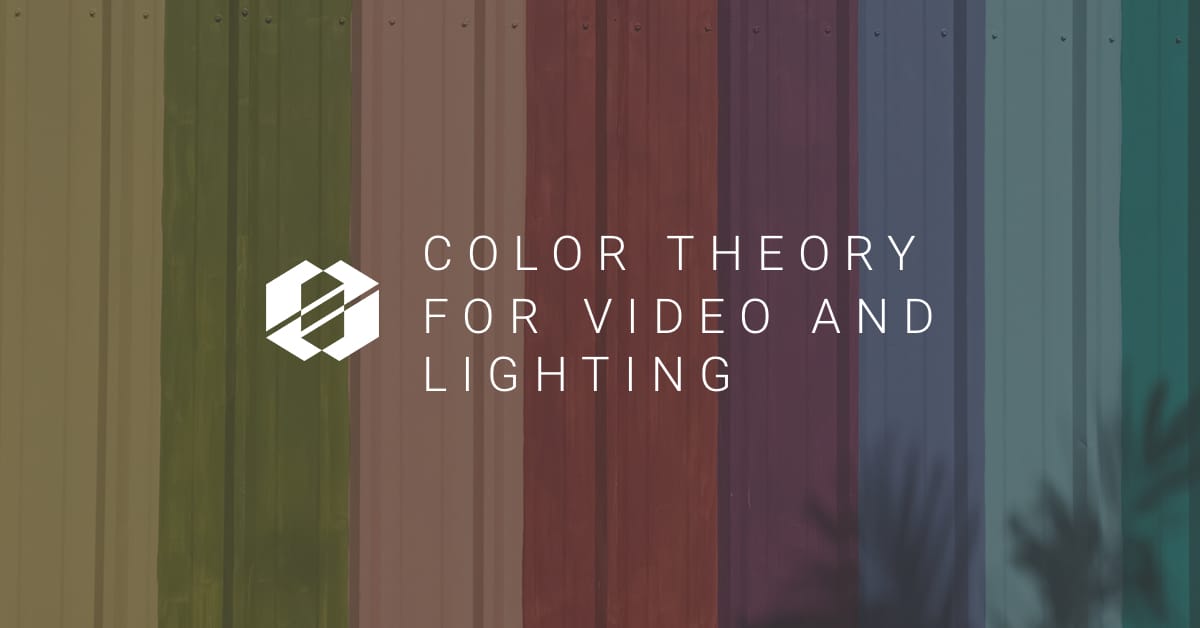When it comes to using multi-screen setups, content is the most critical part. Think about it, we can spend all the time and money in the world getting the right screens, projectors, multi-screen processors, televisions and computers, but if we don’t have visuals that amplify our emotions and elicit a response, that stuff is nothing more than a flashy setup lacking purpose.
Content plays an important role in moving our audience. How do we capture our audiences’ attention? How do we tell our story? We do these things with content. But, it doesn’t end there. Content can take our audiences’ on adventures to new places, and remind them of the power of the cross. Content can take our audiences’ breath away when it reminds them of the immense beauty of heaven. While content can help us accomplish all these things, and make cool technology come to life, we have to recognize it also has an unfortunate potential of ruining everything. That’s why we have to make critical decisions about choosing the right content. In the past, I have focused on motion and texture, but today I want to discuss something new. Today is about one of the key components to creating an environment, color.
Color Theory for Lighting and Video
Psychologists have been studying color for a long time. In 1960, Psychologist Charles E. Osgood made an advancement while studying the effects of color on emotion. Osgood wrote in the conclusion of his results he spent roughly one-year running test and various individual studies on cultures from all around the world.
…specific assets of certain stimuli [including color] elicit distinct, innate and unconditioned responses.
Osgood went on to study the idea that specific emotional responses, behavior, and feelings can be elicited by color. His study led him to discover that certain emotions are directly related to the length and density of light waves, characteristics which determine light’s color and brightness. Osgood’s study demonstrated that you can evoke higher energy from people with the use of white light because it has a faster waveform. And as you might suspect, Osgood also found slower waveforms stimulate a peaceful and calm reaction. Next time you watch a movie, consider how a blue overtone makes you feel relaxed or sad.
It is safe to assume psychologist will continue studying the color-emotion relationship for years to come. However, it is without a doubt that we know color affects our emotions. The color of our content and lighting easily alter the atmosphere, environment, and emotions, whether it is used on a multi-screen or environmental projection. That is why it is critical we consider color when attempting to create new content.
Colors tell a story, but each color shares its own. The chart below gives you an idea of what those stories are.
When deciding on content, it is important to consider what color it is. The color(s) you choose to use can either help or hinder the story you want to tell and emotion you want to express. Also, consider how many colors you’re putting to use. A rainbow of colors could lead to a weaker emotional reaction from viewers, while a rich color might develop an opposite reaction.
Final thought: If you have someone who only focuses on lighting, make sure your video and lighting teams are in continuous communication about color. You can’t have one department throwing visuals of one color up and another department showing the opposite. Lacking this cohesiveness will only lessen the impact and association of your environments.
What story are you trying to tell? What emotions are you attempting to draw out? Know the answers to these questions, and you won’t have any trouble determining which colors you need to use.
In Short: Color elaborates and amplifies both emotion and energy to help create powerful environments.


